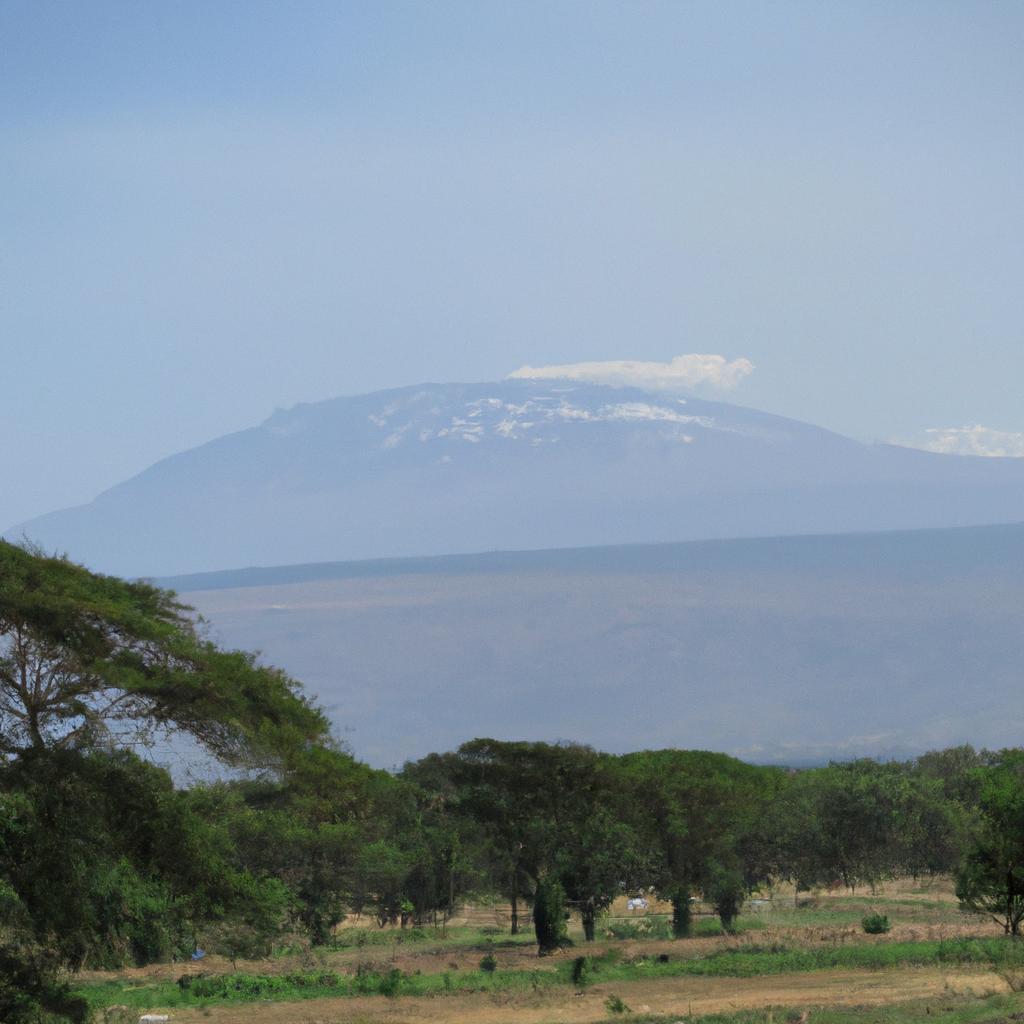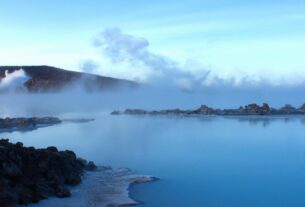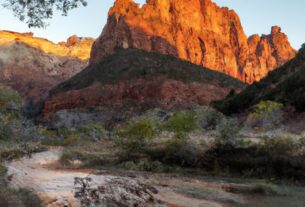Mount Kilimanjaro, situated in Tanzania, East Africa, is a dormant volcano and the highest peak in Africa. This stunning natural wonder has captivated adventurers from all corners of the globe, enticing them to witness its majestic beauty and conquer its summit. Standing tall at 5,895 meters above sea level, Mount Kilimanjaro boasts three volcanic cones: Kibo, Mawenzi, and Shira. Being one of the Seven Summits, the highest mountains on each continent, it has become a popular destination for thrill-seekers and mountaineers worldwide.
Location and Geography
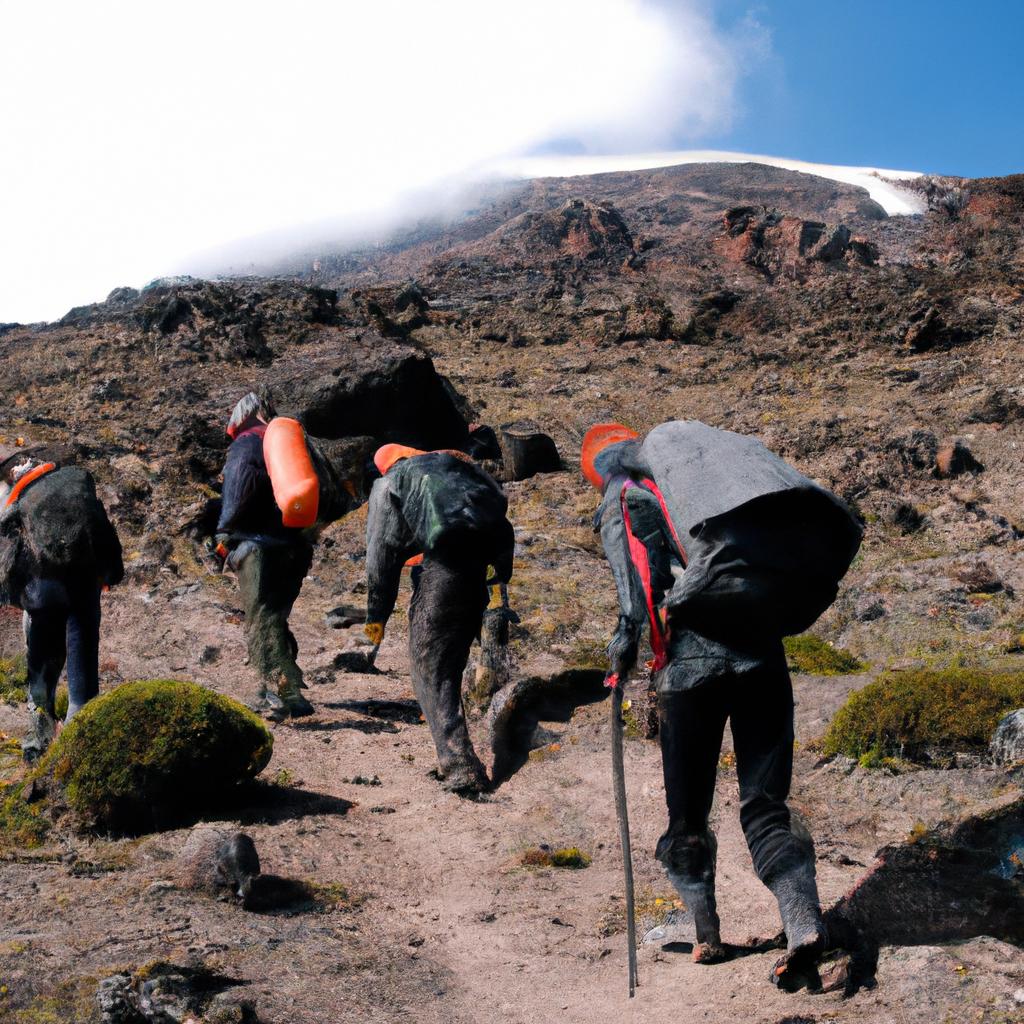
Located in the Kilimanjaro Region in northeastern Tanzania, Mount Kilimanjaro forms part of the Kilimanjaro National Park, recognized as a UNESCO World Heritage Site. Positioned near the border of Kenya and Tanzania, its summit lies only about 330 kilometers south of the equator. The mountain’s formation began more than a million years ago, rendering it one of Africa’s most prominent landmarks. Its slopes serve as a habitat for diverse flora and fauna, including elephants, leopards, and buffalo, making it a favorite spot for wildlife enthusiasts.
Mount Kilimanjaro boasts five distinct ecological zones that climbers traverse during their ascent. These zones encompass cultivated land, rainforest, heath, alpine desert, and the arctic zone. The cultivated land greets climbers at the mountain’s base, with lush rainforests towering over 30 meters high in the next zone. The heath zone acts as a transitional space between the rainforest and the alpine desert, characterized by low shrubs and grasses. As climbers reach the alpine desert, a barren and rocky landscape with sparse vegetation awaits them. Finally, the arctic zone, frigid and icy, marks the last leg of the journey towards the summit.
Climbing Mount Kilimanjaro
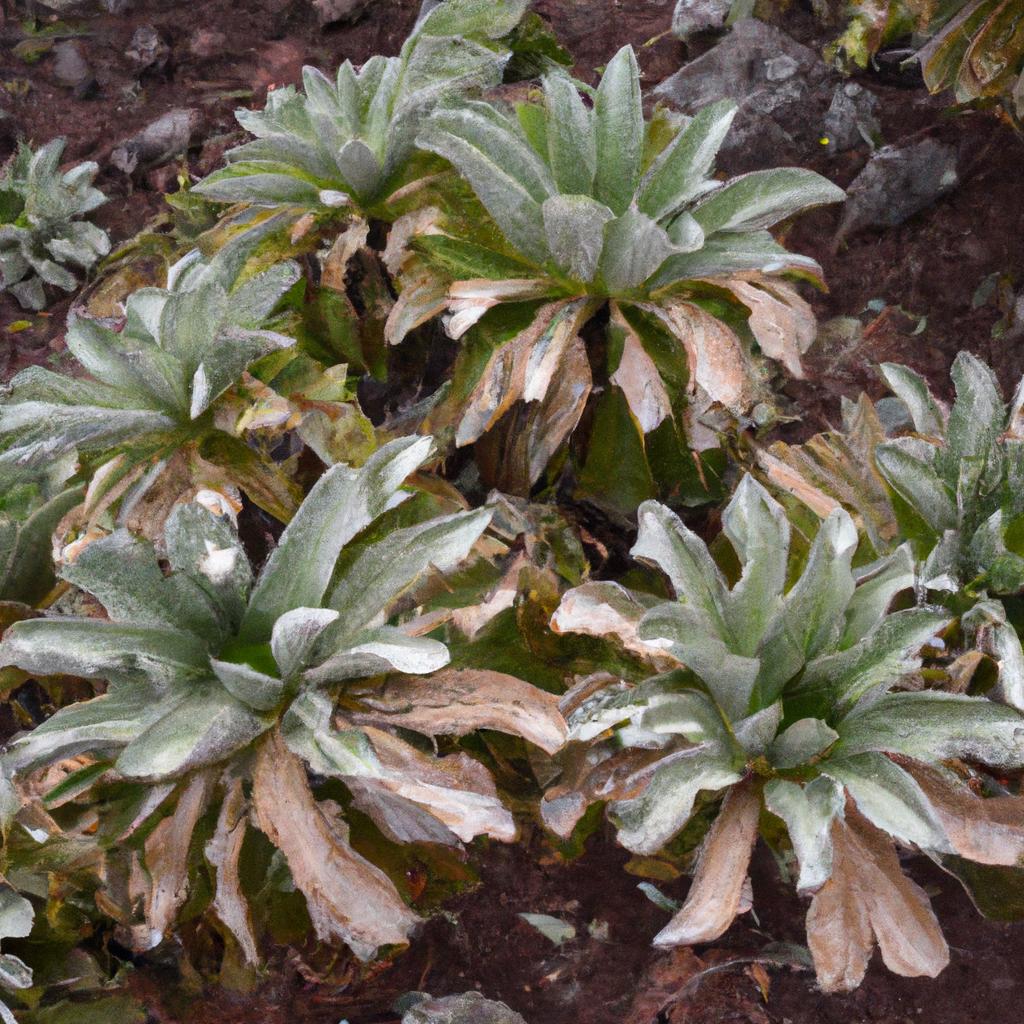
Embarking on a climb up Mount Kilimanjaro offers a once-in-a-lifetime experience accessible to individuals of all ages and abilities. However, careful consideration of one’s fitness level and experience is crucial when selecting the appropriate route. Several routes are available, each offering distinct advantages and challenges. The commonly chosen route is the Marangu Route, often referred to as the “Coca-Cola” route due to its ease and comfort. Alternatively, the Machame Route presents a more picturesque and challenging option, granting climbers stunning views of the mountain. For those seeking seclusion and breathtaking scenery, the Lemosho Route stands as a newer and more remote option.
Proper preparation is essential for a successful climb, necessitating appropriate gear such as warm clothing, sturdy boots, and trekking poles. Physical fitness and acclimatization to the altitude are crucial, given the potential risks of altitude sickness at higher elevations. Climbers must also ensure they possess suitable travel insurance to address any unexpected medical emergencies during their ascent.
Wildlife on Mount Kilimanjaro
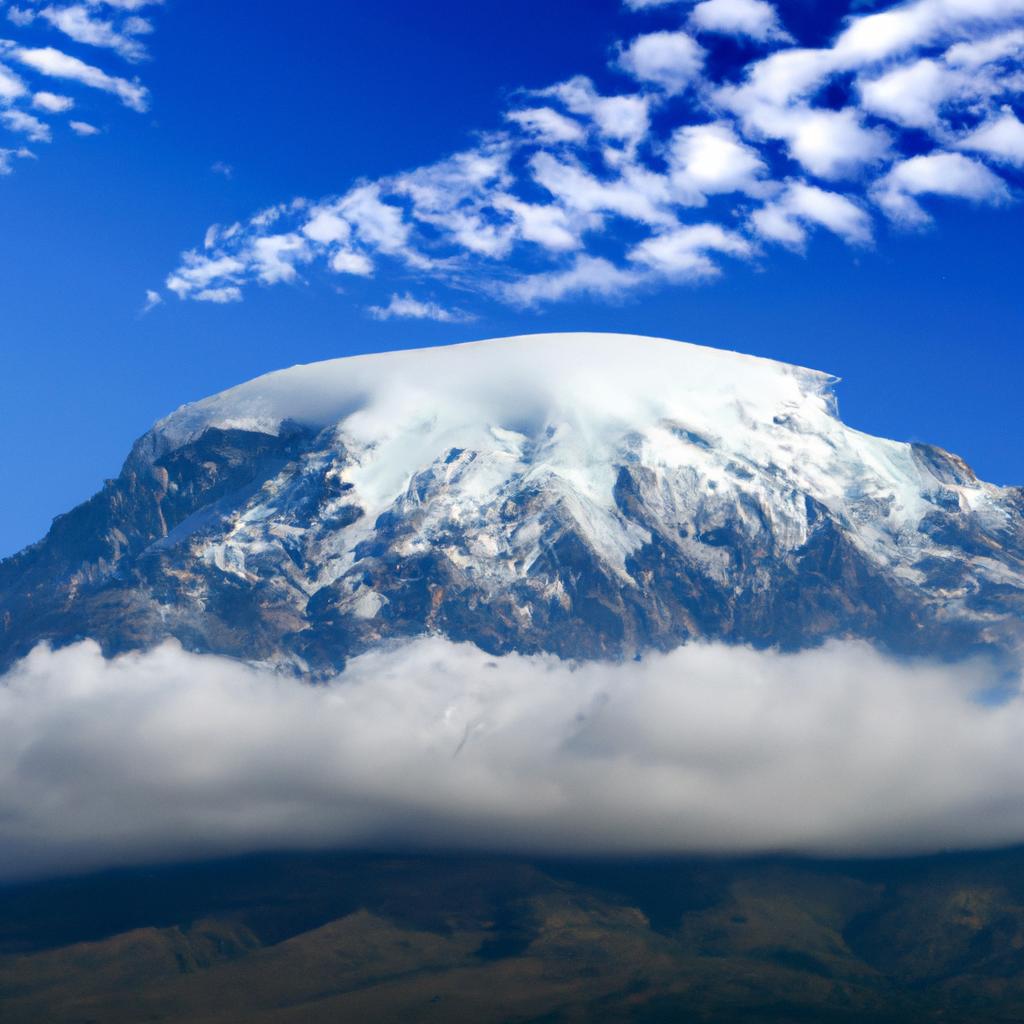
Mount Kilimanjaro hosts a diverse range of unique flora and fauna, including species exclusive to the mountain. The rainforest zone is home to various monkeys, such as the black and white colobus monkey and the blue monkey. The alpine zone shelters the rare and endangered Kilimanjaro tree, found solely on the mountain. An assortment of bird species, including the golden-winged sunbird and African goshawk, can also be spotted.
Efforts in conservation play a vital role in preserving these remarkable species and their habitats. The Kilimanjaro National Park Authority works tirelessly to uphold the mountain’s natural beauty while promoting sustainable tourism. Visitors are encouraged to follow the park’s guidelines to minimize their impact on the environment and wildlife. By safeguarding the mountain’s resources, we secure the opportunity for future generations to revel in the splendor and marvel of Mount Kilimanjaro.
Cultural Significance
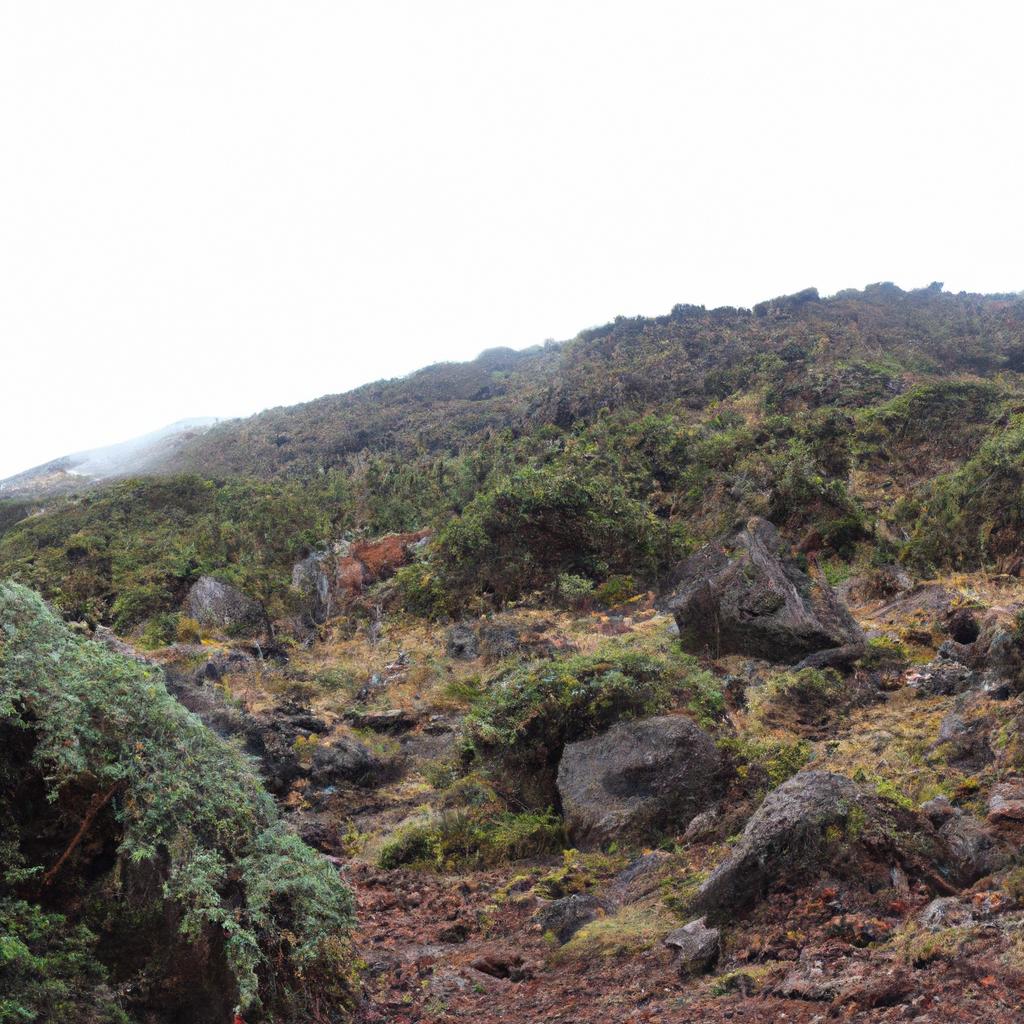
Mount Kilimanjaro holds immense cultural significance for the people of Tanzania. It serves as a sacred site and has been a destination for pilgrimage for centuries. The Chagga people, residing in the mountain’s foothills, regard it as the abode of their god, with its snow and ice symbolizing its power. They believe the spirits of their ancestors dwell on the mountain, viewing the climb as a means of connecting with them.
Mount Kilimanjaro also carries great significance for the Maasai people, who consider it a bridge between heaven and earth. They see the mountain as a vital provider of life, supplying water and fertile land for their livestock. The Maasai believe their god, Enkai, resides on the mountain, alongside their ancestral spirits.
Conclusion
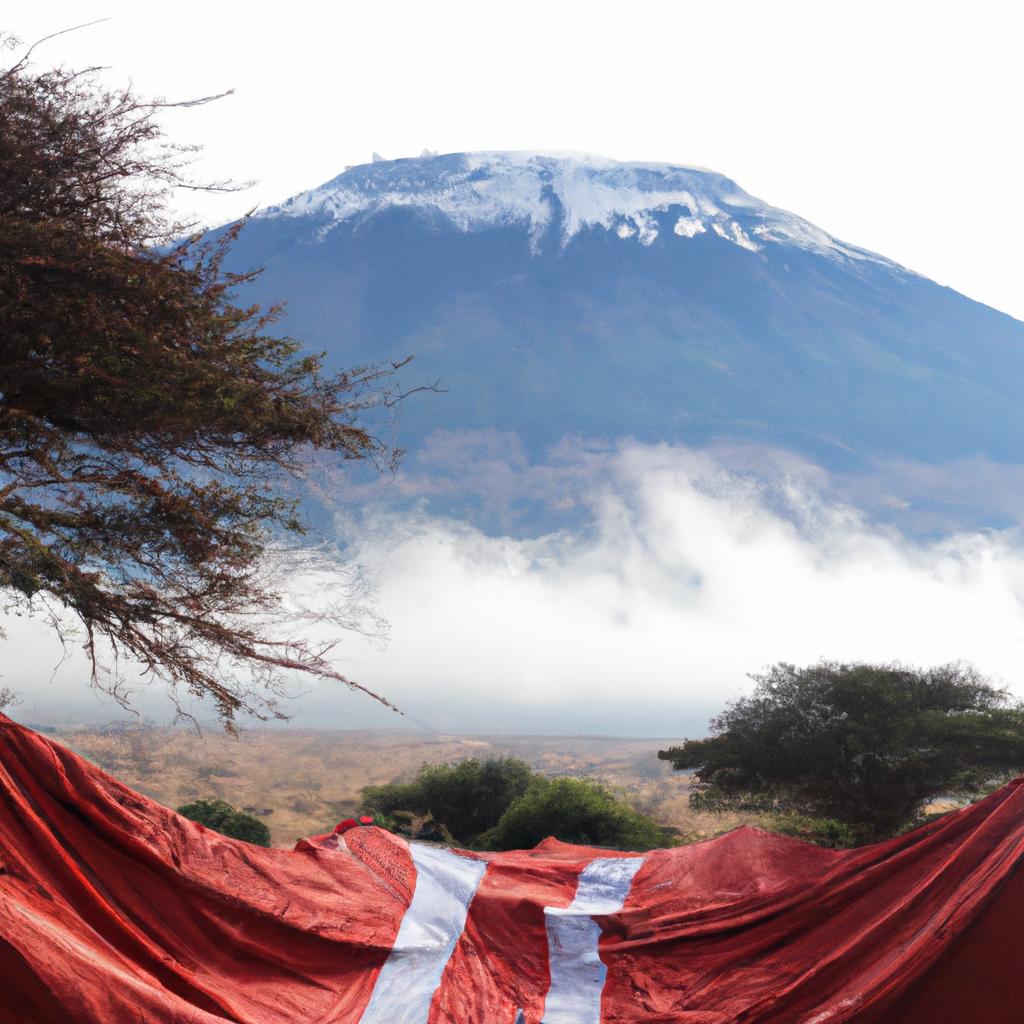
In conclusion, Mount Kilimanjaro stands not only as an awe-inspiring natural wonder but also as a cultural landmark of utmost significance to the people of Tanzania. It entices adventure seekers, nature enthusiasts, and those eager to embrace the rich culture and history of East Africa. Whether one chooses to embark on a summit climb or explore the surrounding areas, the beauty and grandeur of this natural marvel are bound to leave indelible memories.
If you are planning a trip to Tanzania, be sure to include Mount Kilimanjaro on your itinerary. Whether you decide to conquer the summit or immerse yourself in the surrounding beauty, you will be astounded by the magnificence of this natural wonder. Respect for local culture, traditions, and the environment is essential, emphasizing adherence to the park’s rules and regulations. TooLacks highly recommends a visit to Mount Kilimanjaro to experience its awe-inspiring wonder! Visit TooLacks to learn more.
